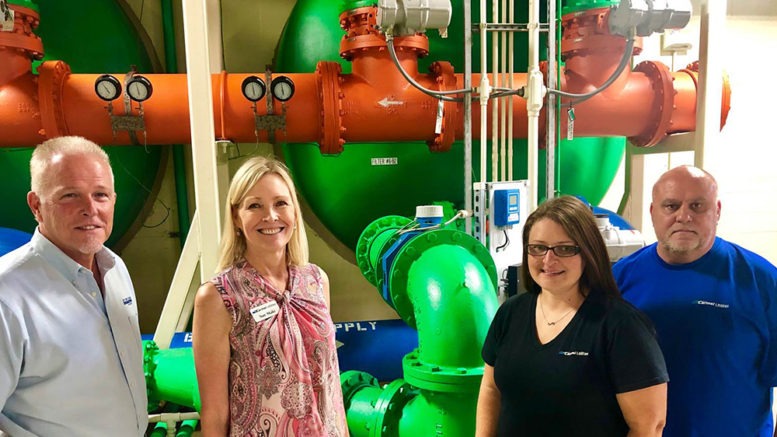Inside Utilities
 Have you ever wondered what happens to your recycling after it is picked up, what happens to your water after it goes down the drain or where your water comes from?
Have you ever wondered what happens to your recycling after it is picked up, what happens to your water after it goes down the drain or where your water comes from?
I was fortunate to learn some of these answers as I attended my first class of the Carmel Citizens Utility Academy. As someone who does utility relocation coordination for a local civil engineering firm, I found the session especially interesting and would highly recommend the free-of-charge program.
The program provides insight to the public on the responsibilities and operations of your water, wastewater, trash and recycling, and household hazardous waste disposal services. The Citizens Academy is a six-week program staffed by the members of Carmel Utilities concerning a particular area of their profession. The program enables interested citizens to take a behind the scenes look and tour key facilities.
According to Sue Maki, Manager of Environmental Initiatives & Education, they started the Carmel Utilities Citizens Academy several years ago after learning of similar academies in other parts of the country. They knew their residents would be interested in learning on what goes on in the utility buildings and facilities they pass every day. Click here for more information.
Our first session was at the Water Plant at 106th Street and Gray Road. The Carmel Utilities Water Division is responsible for ensuring that the city’s ground water is filtered, softened and disinfected before it leaves the treatment plant.
Carmel Water produces almost 4 billion gallons of water per year, which is an average of over 10 million gallons per day, peaking to over 24 million gallons a day in the summer. All of Carmel’s water comes from an underground aquifer that is tapped by wells 50 to 120 feet deep.
Carmel’s demand for water increases by over 400 percent during the peak summer months, however, unlike other municipalities, Carmel has not had a water ban since the mid-1990s because of better infrastructure planning to accommodate the population growth.
Water is collected from about 20 wells that go down into the local ground water. The water is then aerated, oxidized, filtered, and softened (a perk for spotless dishes that many other cities do not offer) and then distributed by high service pumps to residents and businesses or to one of Carmel’s three water towers. The mission is for every time you turn on your faucet for your water to be safe, reliable and consistent.
Photos provided by Denise Moe

